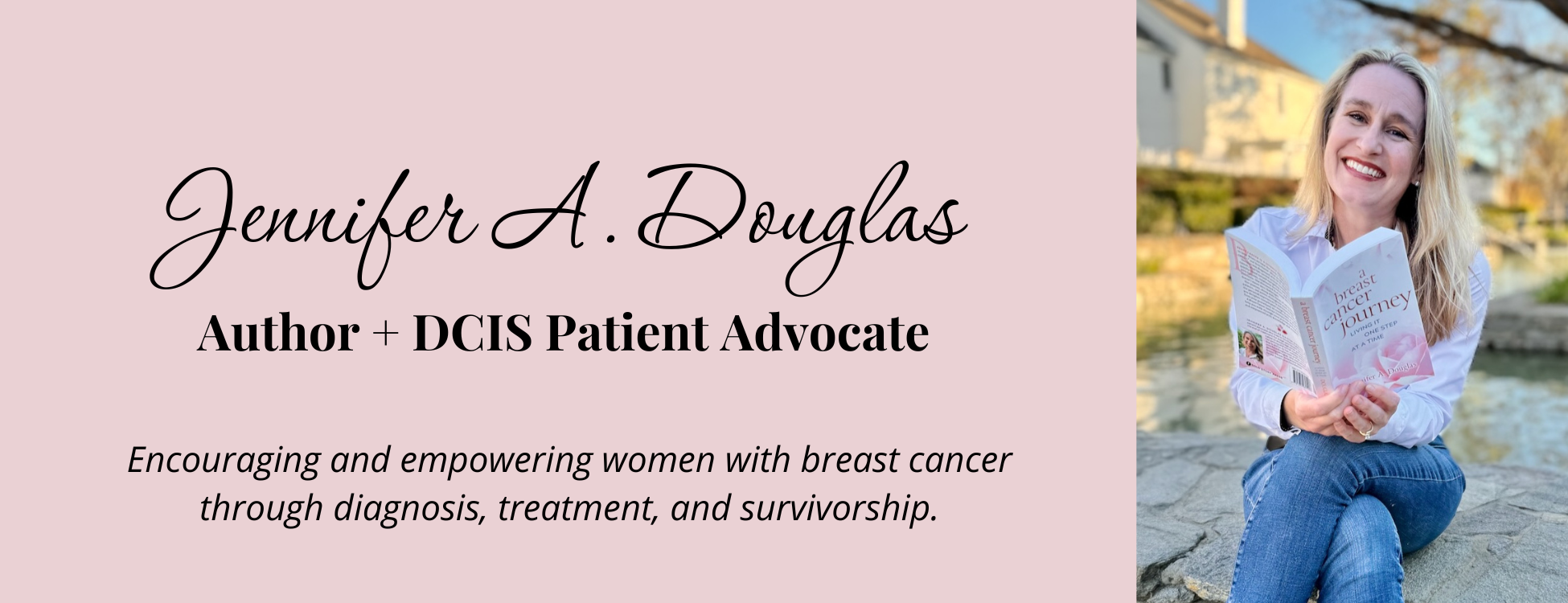
How to Understand Your Mammogram Results
There is a reason that doctors, surgeons, and radiologists go to school for many years to understand mammography results! They are hard to read! What is a BiRads score, and how does it impact our future care?
As patients, we need to be able to advocate for the best possible care, which means we need to have an understanding of what the results mean.
Disclosure: I am not a doctor, nurse, or other medical professional. I do not claim to be the end all be all source of information about this topic. Please use your best judgement and consult your own doctors to make medical decisions.
Now that you have had your mammogram (haven’t done it yet, why not?) it is time to understand your results. We all want to have boring, benign results sent to us. That is not always the case. You might get a call from your doctor after your mammogram because more imaging is desired. Or, you might get a letter in the mail which details the findings for you.
Whichever is the case for you, it is really important to understand your mammogram results. This can help us reduce our anxiety, establish care with the right providers, and monitor our breast health for the future.
So, how do radiologists communicate imaging results to other medical professionals? Surgeons and general practitioners do not usually read mammography or ultrasound results directly- which I thought was interesting. What they do is read a report prepared by a radiologist.
You may not ever directly interact with your radiologist. I don’t particularly like that system because it removes the ability that we as patients have to ask questions. I want to look my provider in the eye and ask the tough questions. It is hard to do that when all you are given is a report. But, you can learn how to read that report so that you can get your questions answered!
So, how do radiologists communicate imaging results to patients and other medical providers?
They use a standard rating scale to communicate their findings. Because it is uniform, it is easy to take your results from one office to another. This language allows all care providers to understand results and offer treatment options.
This scale is called the Bi-Rads (Breast imaging reporting and data system) scale.
Here is a link to the American Cancer Society’s explanation of the BiRads system. It is extremely helpful. I advise you to check it out if you want even more detailed information.
Here is a brief description of each of the possible results: (Once again, I’m not a doctor, talk to your doctor about results)
Bi Rads Imaging Scale
0- Incomplete imaging– need to try again
1- Negative– There’s nothing interesting going on inside. Yay for you!
2- Benign– Also a great result! Everything seen in the mammogram is benign. You might have lumps, but nothing that looks cancerous.
3- Probably benign– The findings here are likely benign (not cancer) but a close followup is recommended in about 6 months. You might also find that your provider orders other imaging like ultrasound if you have a category 3.
4- Suspicious. This is a really big category. Essentially, anything that isn’t viewed as probably benign, but isn’t definitely cancer will be placed in this category. You will definitely be called in for follow up, and likely have a biopsy ordered, but it doesn’t necessarily mean the finding is cancer.
Within the category 4 there are 3 letter grades. These are really important, but not all radiologists will give your result a sub grade.
- 4A-Not likely to be cancer (2-10% chance it is cancer)
- 4B– It might be cancer (10%-50%)
- 4C– This is likely cancer, but it wasn’t obvious enough to place it in a category 5 (50%-95% likelihood of cancer)
If you’re not sure what your letter grad is, ask. I had one radiologist give me a boring 4, and then I had another look at the same findings and call it a 4C. Once I knew it was a 4C I was able to prepare myself for the real possibility of a cancer diagnosis. That finding, the 4C calcification, ended up being the cancer.
5- Highly likely to be cancer. You’ll need a biopsy
6- Already diagnosed as cancer. Sometimes you’ll be followed up with imaging to see how your cancer is responding to treatment.
How are these used?
So, now you know what the big categories are. These categories are used in all breast imaging, so whether you have an ultrasound, mammogram, or an MRI, these will be how the radiologist communicates results out to the providers and patients.
If you have a 1 or 2 you’ll likely get a letter explaining your results and also some language about your breast density. Dense breasts may need more thorough imaging followup because mammography doesn’t catch everything. Here is what the American Cancer Society has to say about breast density. It is a great explanation about this topic.
If you have a 3 or higher you’ll likely have some followup recommended. This might be an ultrasound. It could be a diagnostic mammogram, which will zoom in on the questionable section. Or, perhaps your doctor will order an MRI or other breast imaging.
Choosing Your Providor
The next step after follow up imaging may be a referral to a surgeon. The surgeon will be the one who orders a biopsy if needed.
If you are referred to a surgeon, I recommend you do some research right now to find a good breast surgeon. This provider will be critical to orchestrating your care.
When I had my abnormal mammogram in summer of 2019, I ended up switching care groups once I realized a biopsy was in my future. I wanted to get specialized care, so I switched over to a breast surgeon rather than a general surgeon. Even though this switch delayed my surgery by a month or so, it was worth it. The surgeon I found was amazing, and he was very thorough and patient in the diagnostic process.
This can be a scary time to get called in for follow up imaging. It happens to many women! I get it! Facing the possibility of cancer can bring up all kinds of fears in us. Please do not delay your follow-up care. If there is something found on imaging, you want that taken care of right away.
The only way cancer can truly be diagnosed with certainty is with a biopsy. Even if a biopsy is ordered it doesn’t mean that you definitely have cancer. I have had many biopsies, and only 1 of them was cancerous!
I hope that this post can help you better understand your mammogram results. As we take care of our health though regular imaging it is important to understand what the doctors are actually saying when they give us our results!
I am a big proponent of research, especially when it comes to areas of our health. We need to be empowered by knowledge to better understand our mammogram results so that we can make the best possible choices for our next steps in health. If you don’t understand something, ask. And if your provider won’t answer the question for you, find another doctor who will!
Jennifer Douglas
Jennifer Douglas is an author, patient advocate, and DCIS breast cancer survivor. After navigating her own breast cancer journey in 2019, she began writing and encouraging others who were newly diagnosed. Her resources include her book, "A Breast Cancer Journey: Living It One Step at a Time," and her online support course, "Encourage: Breast Cancer and Beyond." Jennifer also actively supports patients through her online presence and direct involvement in communities and support groups, offering guidance and encouragement every step of the way.


You May Also Like

How I Used GoodNotes and my Bullet Journal During Breast Cancer Treatment
April 16, 2021
Ten Tools I Used To Walk Through Cancer Anxiety
March 16, 2021

5 Comments
Linda
I would rate this article 5 star if your rating scale had cooperated! Excellent information in this article. I am sure many women will benefit from having more knowledge about their health. Thank you!
Jennifer Douglas
Sorry it wasn’t working for you! Glad you liked the information 🙂
Barshan Turno
Needful content. Keep creating content like this! Tons of love for you
Jennifer Douglas
Thank you so much!
Pingback: